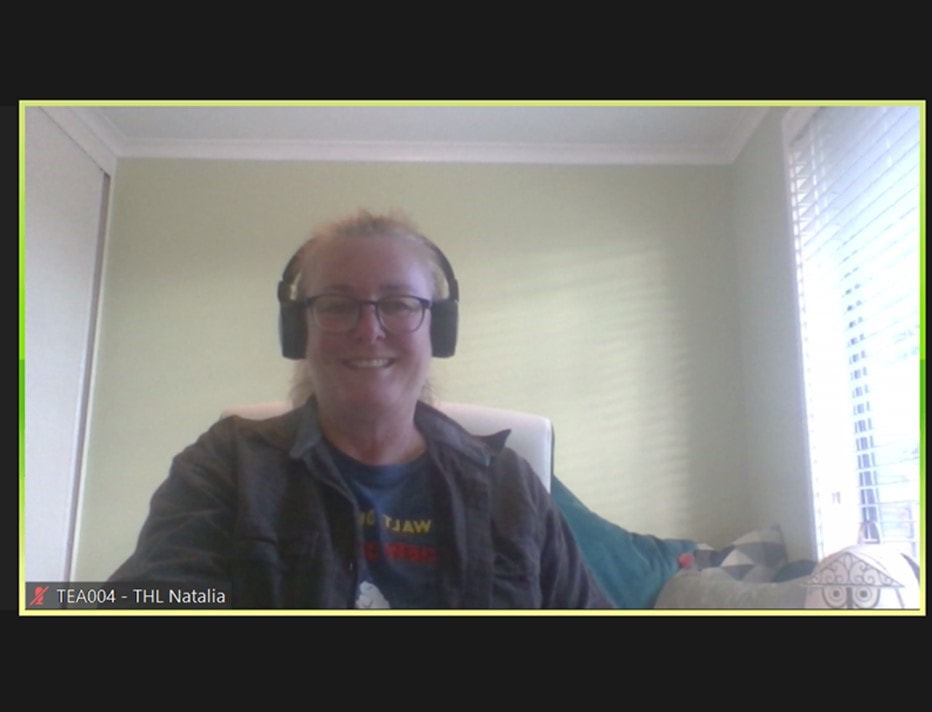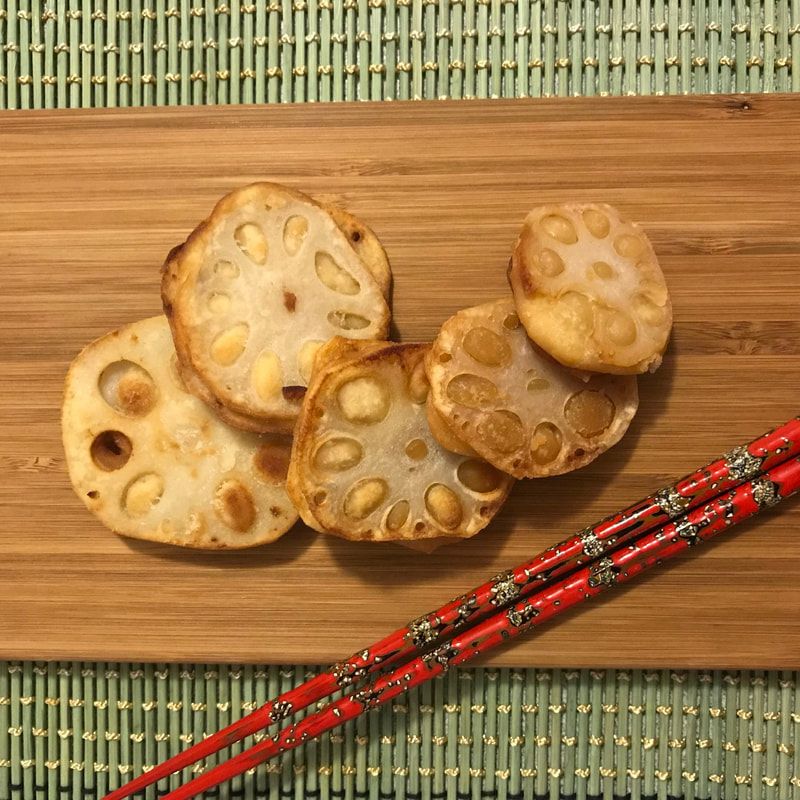The first class was an introduction to campfire cooking. The course topic breakdown is below.
Week 1 – Introduction to Campfire Cooking (14:00 AEST, 31 May 2020)
- What you will need and where to get it
- Who you will need to help you
- Food safety
- Making your fire pit
- Fire safety
- Differences between campfire and kitchen cooking (heat/radiation/environment temp)
Given our Covid-19 times, I have included the use of hand sanitiser in the in both the Food and Fire Safety sections. As a warning, if you are using hand sanitiser, please make sure that your hands are fully dried before working with the open flame fire.
Next week I will be talking about the building of the cooking campfire.
Until then, ride free over the range.
~ Natal’ia


 RSS Feed
RSS Feed
